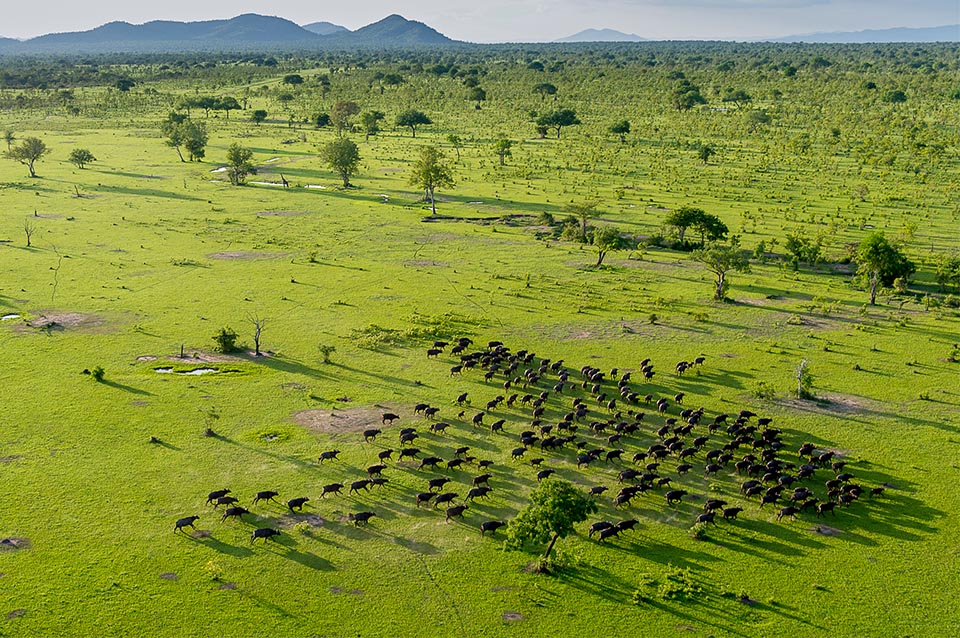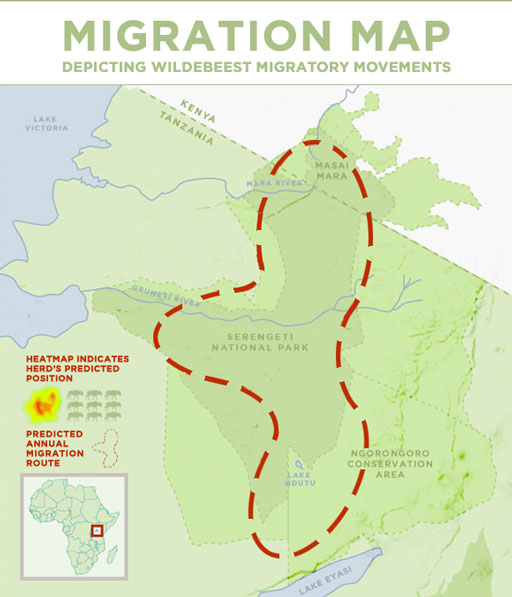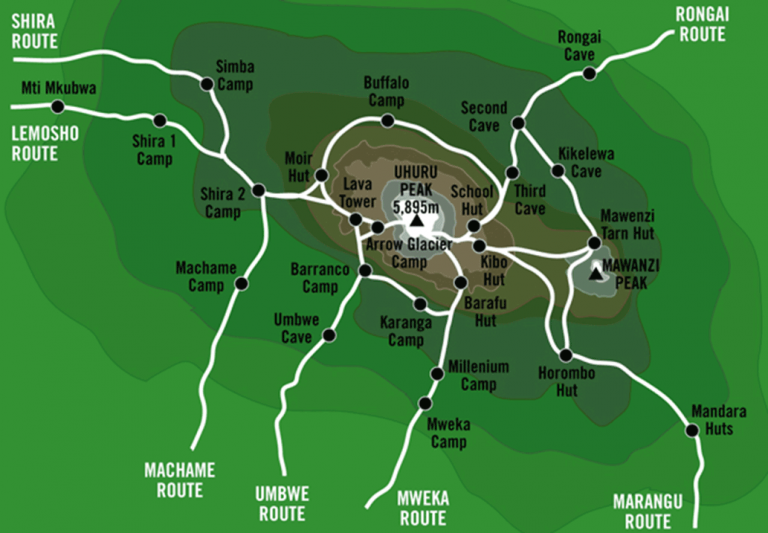Africa’s largest Game Reserve
Named after Frederick Selous, a hunter, and an early conservationist; Africa’s largest and oldest game reserve covers an area of 50,000 km2 that supports a sheer volume of wildlife than most parks in Africa. Its wide variety of activities ranging from game drives, boat safaris, to walking safaris offers a wonderful destination for all types of safari-goers. Lions, elephants, and buffaloes are abundant especially during the peak dry season when animals congregate around the few permanent water sources. In addition to all its blessings, Selous Game Reserve commands reputation as the last true stronghold for the endangered African wild dog.

The sheer scale of the Selous Game Reserve is difficult to imagine. Nearly four times the size of the Serengeti, this massive conservation area is home to Africa’s Big 5 and all the top predators – lion, wild dog, cheetah, leopard, and spotted hyena. And the animals are present in large numbers too: a Selous safari is fantastic for sightings of large elephant and buffalo herds as well as healthy populations of hippo, giraffe, and sable antelope.
Phenomenally wild and beautiful, the defining feature of the Selous Game Reserve is the great Rufiji River which creates a series of interconnected lakes and palm-fringed channels. The river teems with wildlife: Jurassic-size crocs bask on sunny sandbanks, elephants browse on swampy islands, storks and spoonbills patrol the shallows, and exposed mud banks are covered in crimson clouds of carmine bee-eaters. Consequently, many Selous safari lodges lie on or near the river and offer boat safaris along with game drives in open-top vehicles.
You can also expect some adventure. The Selous isn’t subject to the restrictions that govern Tanzania’s other national parks so along with game drives and river cruises, visitors can go on guided walking safaris that last anything from a few hours to a couple of days with a night of rustic fly-camping. There’s not much that can beat the thrill of being on foot in the big game country but you’ll be in the company of armed rangers and expert guides.
Game
The game counts match this gargantuan of a statistic, and individual species number in the tens to hundreds of thousands, many multiples of what any other parks have to offer. The biggest elephant concentration of any African ecosystem resides within the Selous (beating even Chobe National Park of Botswana), at 65,000…there are about twice this in buffalo, 4,000 lions,s and a collective of over 200,000 wildebeest, zebra, impala, hippo, and various other African “essentials”.
One of Selous’ key attractions lies in the official status of the “Game Reserve”, it is not a national park. This means that it is not bound by many of the rules intrinsic to the government-run national parks, and is instead privately managed. Unfortunately, much of the Selous Game Reserve is dedicated to very profitable hunting (albeit controlled and officiated levels of the “sport”). But a substantial area is dedicated to eco-friendly tourism and affords a better level of submersion into the African wilderness than is possible elsewhere.
Game Reserves strive to find a balance between being self-sustaining and allowing struggling governments to focus their attentions elsewhere, whilst simultaneously maintaining a suitable level of conservation – and large parts of the Selous have managed this. Small lodges, camps and temporary establishments set up in the wild parts of the park offer minimal disruption to the natural state of affairs and are given freedom from national park legislation, allowing for walking safaris, boat trips and guided game drives not otherwise possible.
The exclusive nature of these arrangements also means that safaris in the area tend to be without the intrusion of other visitors…something definitely worth going for and a distinct advantage over some of the busier Tanzanian “Northern Circuit” trips!
Best time to visit Selous
All seasons are best, only different! The most pleasant time is during the cool season from the end of June until October. The drier it gets the more areas are burnt, and the bare burnt grounds look a bit depressing to some visitors. On the other hand, the animals are not dispersed as they are during and after the rains. They have to come to the water regularly, and this is, therefore, the best time to observe the game in bigger numbers, even in concentrations. It can already be pleasantly cool in May and June, depending on the year.
The rainy season in the Selous is normally from November to May, although there is a drier spell in January and February. This is also a beautiful time to visit as the trees and flowers are blossoming and everywhere it is green. Every old Africa hand knows, however, that the rains are notoriously unreliable. Showers occur in the dry season and drought in the wet season. If you have doubts, enquire about the road conditions before you travel!
It is only during the heavy rains, normally from the end of March to May, that the Reserve is inaccessible and most tourist camps are closed. Nevertheless, some may accept visitors even during the rainy season when it is very possible that there will be long dry spells.
Contact us how you can incorporate Selous Game Reserve into your safari itinerary.









